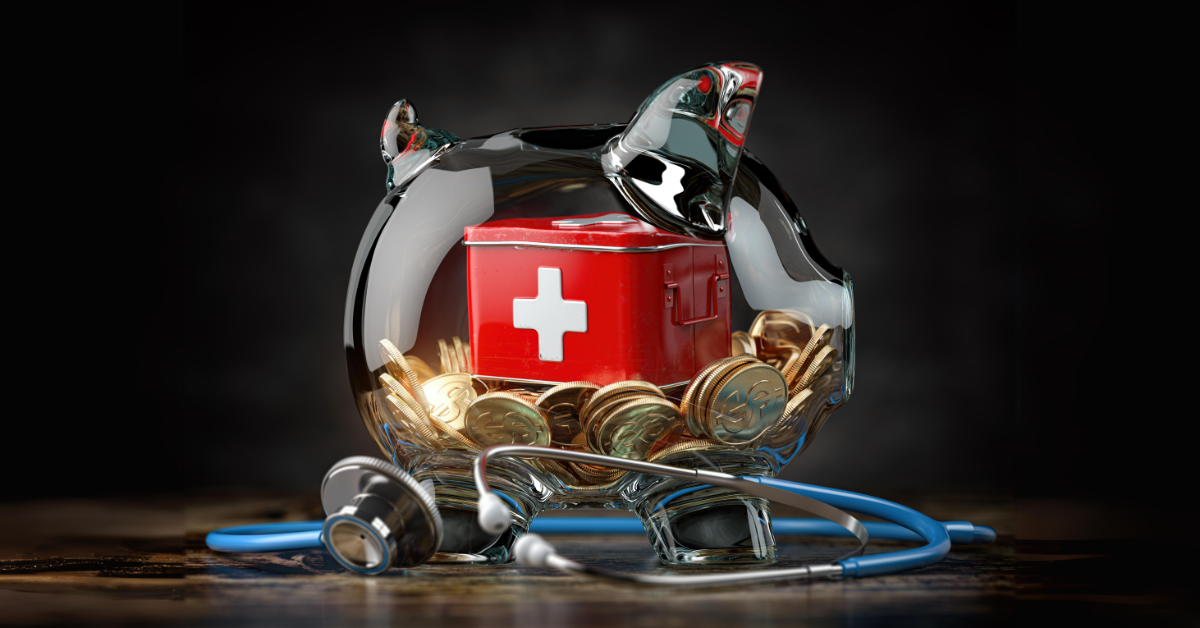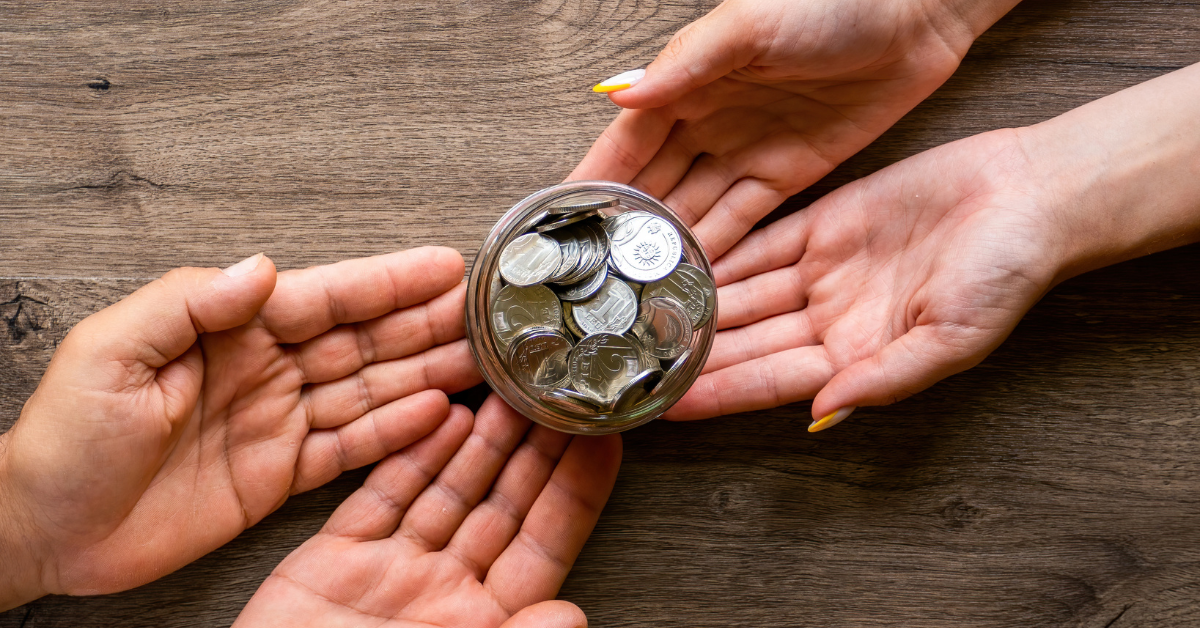Are You Prepared? Creating a Safety Net with an Emergency Fund
Sixty-six percent of American adults expressed concern about whether they would have enough emergency savings to support their monthly living expenditures. It is essential to have a strong safety net in an unpredictable world. An emergency fund is a financial safety net to protect you from unforeseen emergencies. This blog covers the fundamentals of creating and managing an emergency fund. We will examine techniques for investing, saving, and resolving typical problems, starting with comprehending its purpose and ending with financial goals. Prepare to strengthen your financial stability and confidently confront life's uncertainties.
Purpose of an Emergency Fund
An emergency fund's primary function is to provide a source of cash flow for unforeseen costs and crises that can occur in life. It acts as a readily available cash reserve that allows you to pay for unexpected expenses like medical bills, home or auto repairs, or a sudden job loss without taking out high-interest debt or depleting other savings accounts. An emergency fund helps people weather unforeseen storms without losing sight of their long-term financial goals by acting as a buffer against financial misfortunes.
Setting Financial Goals
Establishing financial goals entails deciding what you want to accomplish financially and a strategy. The steps involved in setting financial objectives are summarized as follows:
Identify Your Priorities: First, think about what financial priorities are most important to you. Some examples are debt relief, retirement savings, home buying, traveling, and starting a business.
Make Your Goals SMART: Make sure your objectives are Time-bound, Relevant, Specific, Measurable, and Achievable. Instead of just expressing, "I want to save money," be more specific about how much you want to save and by when.
Consider Your Current Financial Situation: Evaluate your earnings, outlays, loans, and possessions. Knowing your financial situation will enable you to set achievable objectives.
Prioritize Your Goals: Some objectives have different urgency or significance. Decide which objectives are most important, then concentrate your efforts there first.
Building Your Emergency Fund
There are a few crucial stages to building your emergency fund to ensure it effectively provides financial stability in times of unexpected need. Here's a breakdown of the process:
Assess Your Financial Situation: Assess your present financial situation first, considering your income, spending, debts, and any savings you may have. Knowing your financial situation will enable you to estimate the amount of money you should set aside for emergencies.
Create a Budget: Create a budget to see where you can save and increase the amount going into your emergency fund. Look for areas where you might reduce or eliminate discretionary expenditure to boost your savings rate.
Prioritize Your Fund: Establishing an emergency fund should be your first financial concern. Consider it an unavoidable expense, similar to bill payment or retirement savings.
Avoid Temptations: Avoid taking out non-emergency funds from your emergency reserve. To lessen the temptation to utilize the money for luxuries, keep it apart from your regular spending accounts.
Maintaining Your Emergency Fund
To keep your emergency fund functional and available when you need it, you must take five essential steps to maintain it:
Regular Review: Make sure your emergency fund is adequate for your needs and current financial circumstances by reviewing it regularly. It is crucial to modify the amount of your emergency fund by changes in life circumstances, income, and expenses.
Avoid Non-Emergency Use: Do not use money from your emergency fund for non-essential needs. To preserve the fund's integrity and efficacy, clearly define an emergency.
Emergency Fund Accessibility: Invest your emergency money in a liquid, immediately accessible account, like a money market or high-yield savings account. When you urgently need cash, this ensures there won't be any costs or delays.
Educate Yourself: Stay updated on the finest money management techniques and approaches for handling emergency reserves. By engaging in ongoing learning, you can maximize your strategy for preserving financial security.
Investing Your Emergency Fund
While an emergency fund's primary goal is to give quick access to cash in the event of unforeseen costs or crises, there may be ways to increase its value without jeopardizing its principal or sacrificing too much liquidity. When it comes to investing in your emergency fund, keep the following in mind:
Risk Tolerance: The capital of emergency savings should be protected and accessible when needed by keeping it in investments with comparatively low risk. Avoid volatile assets and high-risk investments like equities.
Returns: While generating significant returns isn't the main objective of an emergency fund, it's nevertheless vital to look for solutions with competitive yields or interest rates. Seek assets or accounts that offer a respectable return without compromising safety or liquidity.
Diversification: Diversification can help disperse risk and improve stability, even in low-risk investments. Consider distributing your emergency money among several assets or accounts to reduce risk.
Regular Review: Review your emergency fund investment selections regularly to ensure they still fit your risk tolerance and financial objectives. Adaptations may be necessary based on changes in the economy and your financial situation.
Conclusion
In conclusion, creating an emergency fund is a statement of resilience and dedication to your future security, not just a means of financial protection. Every dollar saved is a step toward financial relief and tranquility. Thus, never give up since the work you do now will lead to a safer tomorrow. Take responsibility for your financial health and build the safety net you deserve.
We would be happy to speak with you! Use the link below to set up a consultation with us.


